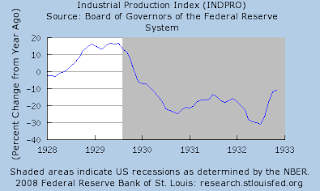Well as far as I can see, in this the great second depression cycling race, we now have a small breakaway “peloton” formed out there in front as we struggle to reach the Tourmalet summit, with teams from Germany, Spain, China , Russian and even Ukraine all elbowing furiously away one with another, in an attempt to snatch the yellow jersey from its current holder – Japan. But wait! A little way behind them I can now discern another, more densely packed, group, although I can scarcely make out one rider from another such is the cloud of dust thrown up by the power and fury of their effort, although from the little I can make out they do appear to be lead by “gregarios” hailing from the United States and the UK, and, no doubt about it, they do seem to be closing fast.
Yet as things stand as we go to press, one of the primary contenders for this most unusual and most meritless of awards must surely come from this years very strong Russian contingent, and it therefore shouldn’t surprise us at all to find that Russian manufacturing shrank at what was a country-specific record pace in December, with sharp drops in both foreign and domestic demand producing widespread production and job cuts, according to the latest PMI report from VTB Bank Europe.
VTB’s Purchasing Managers’ Index contracted for what is now the fifth consecutivemonth to 33.8, from 39.8 in November. This brings Russia swerving into line with Japan (30.8), Spain (28.5), Germany (32.7) and China (41.2) Russian manufacturing is, in fact, now contracting more rapidly than it did at any time during the 1998 economic collapse, when the government had to abandon its support for the ruble and ended up defaulting on $40 billion of domestic debt.
The malaise is general, and Russia’s RTS Index fell by 72% in 2008, making it the worst performing stock index among the world’s 20 biggest equity markets . The ruble has also been falling, and lost 15 percent against the central bank’s dollar-euro currency basket during 2008. The central bank has also now used 27 percent of its foreign-currency reserves, which are still the world’s third-largest, trying to prevent an overly dramatic devaluation of the ruble. Reserves were down to $438.2 billion by the end of the year, and more than $200 billion has left the country since the August invasion of Georgia, according to estimates at BNP Paribas.
So the position in Russia is bad, of that there is little doubt, but could Russia really take over the batton from Japan, and lead the global economy downwards, surely this assertion is exaggerated, I mean it wasn’t so long ago that they were growing at 7%, was it? Well exactly, the downturn in Russia is extraordinarily sharp (as it is in China), which is what makes the position so dramatic really, oil is down, manufacturing output is down, and a sharp credit crunch has consumer demand in the “throttle” position. Let’s look at some of the recent macro data. Continue reading





